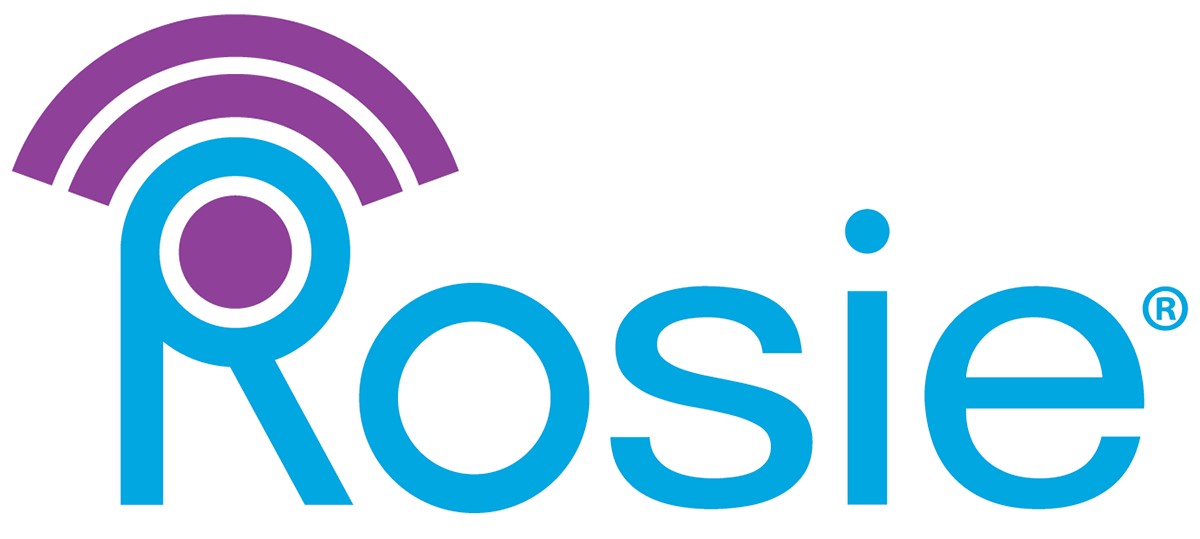Vital Monitors Vs. Patient Monitors
Tracking the condition of residents is a high priority for long-term care facilities, but some monitoring devices are better adapted to this environment than others. Two in particular stand out—vital monitors and patient monitors. When supplying staff with effective monitoring equipment, it’s important to know which is best for your facility.
Vital Monitors Vs. Patient Monitors
The two common types of monitoring equipment in hospitals are patient monitors and vital monitors. The primary difference between these two types of monitors is the range of medical parameters they track. Patient monitors tend to measure a much larger range of metrics, whereas vital monitors focus on the most critical vital signs, such as blood pressure, respiratory rate, and body temperature.
Patient monitors tend to see use primarily in hospitals and clinics, whereas vital signs monitors are used in a wide range of settings, including long-term care and skilled nursing facilities, emergency response vehicles, and even in people’s homes.
Both types of monitors play an important role in healthcare since they provide valuable data to providers. Without this data, the urgency or nature of a patient’s condition may be harder to determine accurately, leading to costly medical errors.
What Is a Vital Signs Monitor?
When determining which type of monitor to use in your facility, it helps to parse through the features of each. Vital signs monitorsmeasure a narrow range of key vital signs and see use in a wide range of applications, including long-term care.
Vital Signs Monitor Parameters
In terms of the parameters measured, vital monitors are highly focused in scope. They concentrate on the vital signs that tend to be the most critical for providers to track, including:
- Blood pressure
- Pulse
- Blood oxygenation (SpO2)
- Temperature
Changes in these parameters are often important for providers and caregivers to be aware of since dramatic increases or drops could indicate a need for prompt medical attention.
Vital Signs Monitor Applications
While vital signs monitors are more limited in the scope of parameters they measure, they are more ubiquitous in their applications. For instance, emergency response vehicles often have vital signs monitors to keep tabs on patients in critical condition, while LTCs and SNFs often use these devices to keep patient records up to date.
For instance, vital monitoring workstations can be used by skilled nursing staff in an LTC environment to quickly check on residents’ vital signs. EHR connectivity makes these devices highly valuable since automatically updating electronic records can have a positive impact on documentation management and patient outcomes.
What Is a Patient Monitor?
Patient monitors track a wider range of parameters than vital sign monitors do, but that actually makes them much more specialized tools. As such, they don’t typically see use outside of hospital environments.
Patient Monitor Parameters
The parameters measured by patient monitors extend beyond basic vital signs. The metrics and vital signs patient monitors track include:
- ECG (electrocardiogram)
- RESP (respiration rate, or rate of breathing)
- SpO2 (oxygen saturation)
- NIBP (non-invasive blood pressure)
- PR (pulse rate)
- TEMP (temperature)
This wider range of metrics is important in hospitals and critical care settings where surgeons, nurses, and ER doctors need to keep close tabs on patients who may be undergoing active medical treatment or who have unpredictable medical needs.
Patient Monitor Applications
Patient monitors are highly specialized pieces of medical equipment and, as such, usually only see use in hospitals where a more complete view of patient vitals is needed.
This is not to be confused with remote patient monitoring (RPM), in which wearable or portable devices are used to keep tabs on specific metrics without relying on a medical professional being physically present. RPM is often used to support remote treatment, such as if a patient is at home.
Key Differences Between Patient Monitors and Vital Signs Monitors
To quickly summarize the differences between these two types of monitors:
- Patient monitors track more parameters, but may not be necessary for all healthcare settings.
- Vital signs monitors track only the most basic vitals, but see a wider range of applications.
In most long-term care facilities, vital signs monitors are typically used since there’s no need for the extra parameters—and cost—of a patient monitor.
Remote Patient Monitoring and EHR Compatibility
Modern vital signs monitors offer a host of features besides simply measuring resident vitals. Rosie’s vital monitoring equipment, for instance, comes with EHR compatibility and is a great way to make your LTC or skilled nursing facility become RMP capable. To learn more, contact Rosie today.

